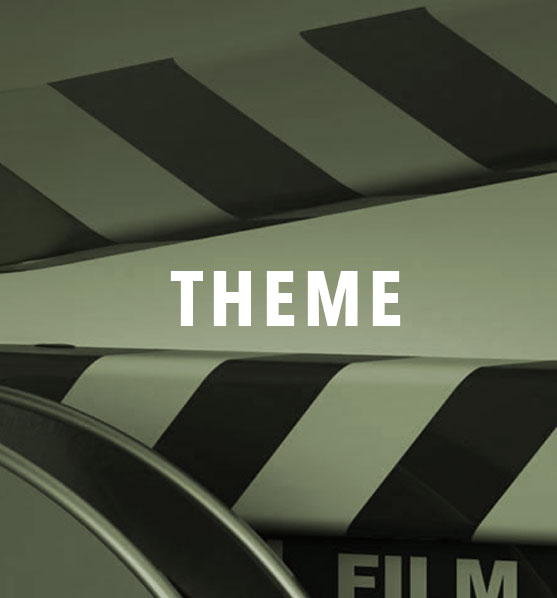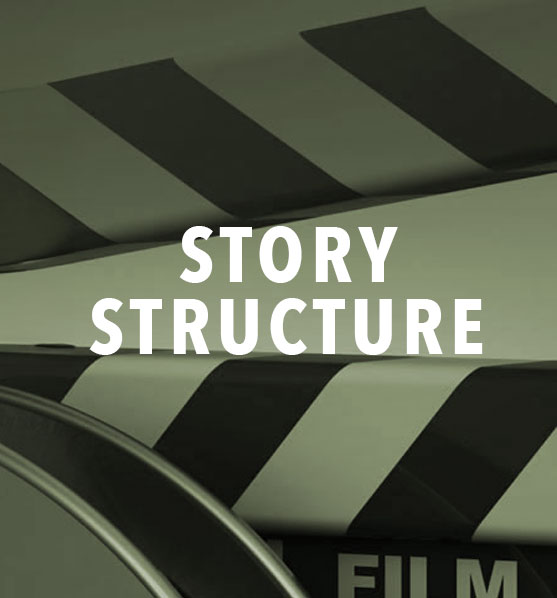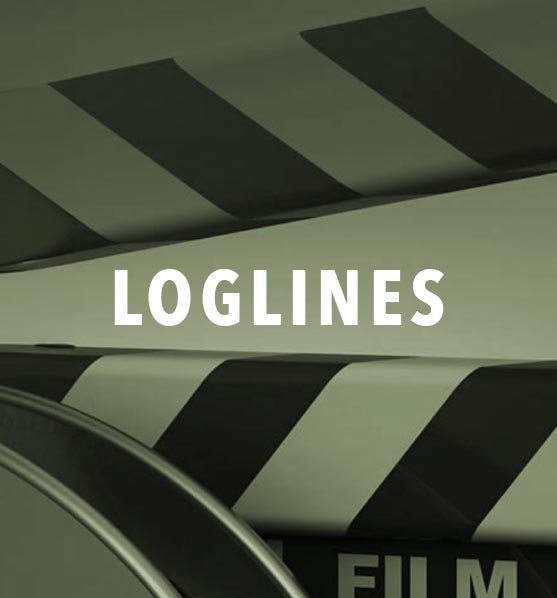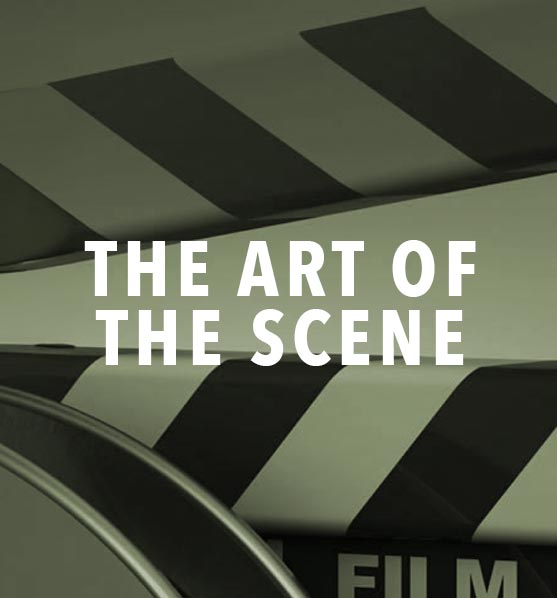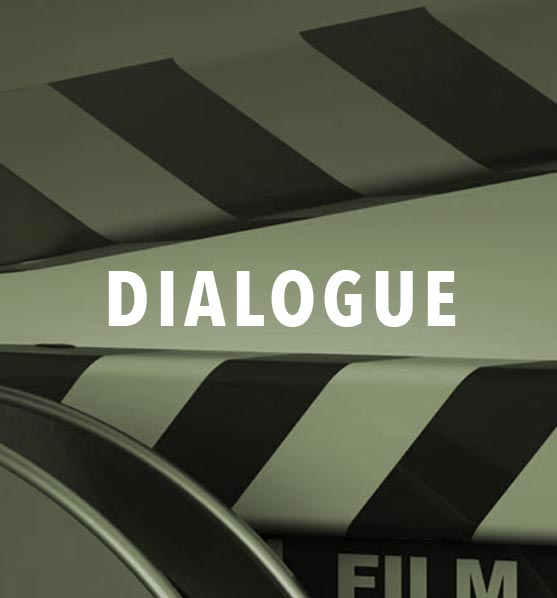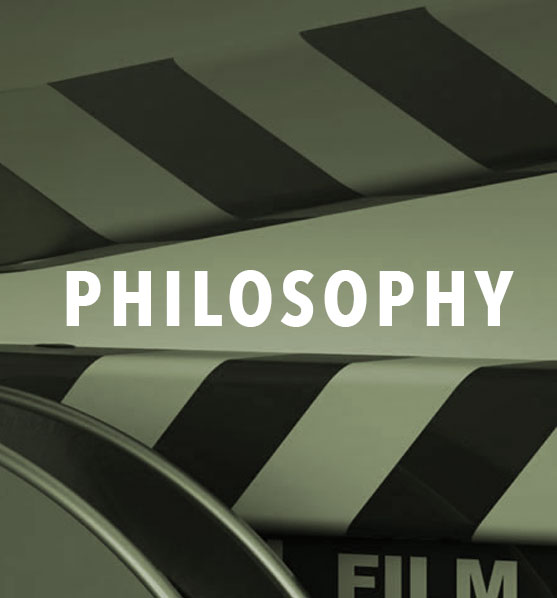QUICK SHEETS
Reference sheets from our round-table discussions
QUICK SHEETS
Reference sheets from our round-table discussions
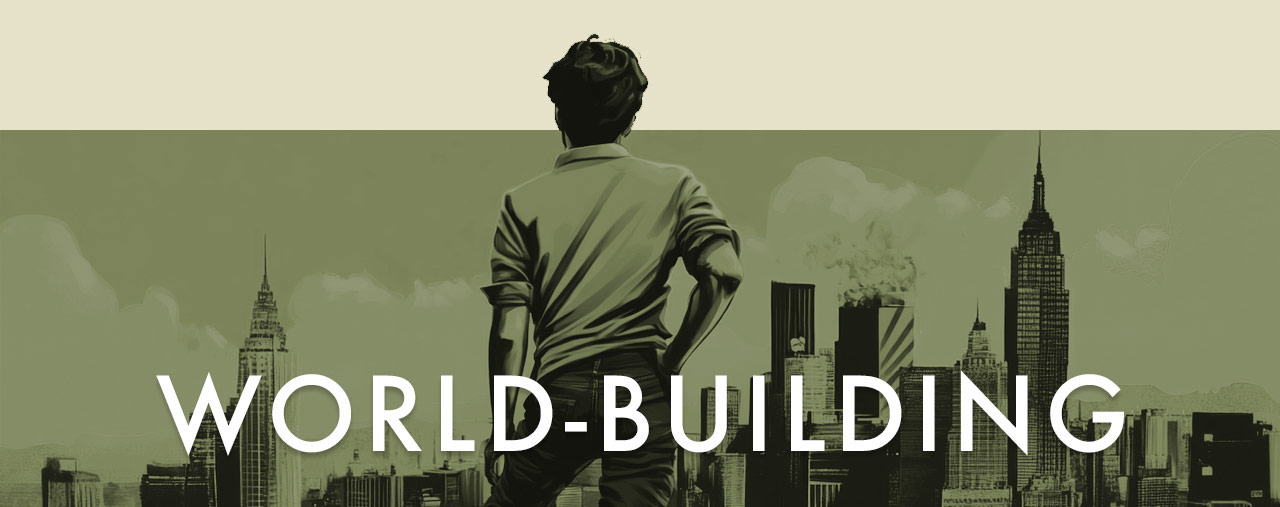
Screenwriting world building tips.
The Hollywood Writers Group Quick Sheets are a free public resource to support screenwriters in their creative endeavors. We hope you find our world building tips helpful, and wish you the best on your own unique journey.
Download a free copy of this quick sheet below.
“Toto, I've a feeling we're not in Kansas anymore.”
Interested in updates to our quick sheets? Scroll to the bottom of this page.
New quick sheets are released every 2 weeks.
WORLD BUILDING
Table of Contents
Foundational Principles
World-building in screenwriting isn’t just about creating a setting—it’s about crafting a world that enhances story, character, and theme while feeling immersive and consistent. Whether writing a sci-fi epic, a historical drama, or a small-town coming-of-age story, strong world-building follows these foundational principles:
1. Establish the Core Concept & Rules of the World
Every world, whether fantastical or realistic, operates on a set of rules. These determine what is possible, what is normal, and what is at stake.
- Define the world’s logic – What are the key governing forces (social, political, supernatural, technological)?
- What makes this world unique? – Is it an alternate history? A hidden subculture? A dystopian future?
- What are the limitations? – A good world has constraints that shape conflict (e.g., the scarcity of water in Mad Max: Fury Road).
Example:
- In Children of Men (2006), the world is shaped by infertility. That one rule dictates the entire society’s decay.
2. Create a Sense of History & Culture
A well-built world feels like it existed before the story started and will continue after it ends.
- What historical events shaped this world?
- What are its cultural norms? – Language, customs, traditions, religious beliefs.
- How does the past affect the present?
Example:
- The Godfather (1972) builds an intricate world of the Mafia, influenced by old Sicilian traditions mixed with American capitalism.
- Blade Runner 2049 (2017) has layers of history, from the fall of corporations to environmental collapse, making the world feel lived-in.
3. Make the World Serve the Story
World-building should not be an info dump—it should reveal itself naturally through the plot and characters.
- How does this world impact the protagonist’s journey?
- Does the environment create obstacles? (e.g., a dystopian government suppressing rebellion)
- What unique storytelling opportunities does this world provide?
Example:
- In Parasite (2019), the literal and metaphorical separation between the rich and poor is reinforced by the homes they live in—one high above ground, the other in a semi-basement.
4. Show, Don’t Tell
Instead of explaining the world through exposition, let the audience discover it through visuals, action, and dialogue.
- Use environment and set design – Show the world through architecture, fashion, transportation.
- Dialogue should reveal culture subtly – Slang, phrases, or formality levels tell us about a society without heavy exposition.
- Let characters react to the world naturally – Their attitudes reflect what’s normal.
Example:
- Mad Max: Fury Road never explains its world in detail—yet we understand its brutal economy through visual storytelling (e.g., water scarcity, the worship of Immortan Joe, barter-based transactions).
5. Design Distinct Locations & Social Structures
The best screen worlds have diverse, memorable locations and social hierarchies that affect how characters move through them.
- What are the major locations? (Capitals, underground hideouts, rural villages, elite neighborhoods)
- How do different social classes or groups interact?
- Who holds power? Who is oppressed?
Example:
- Snowpiercer (2013) builds a train-based society with rigid class systems, where people in the tail suffer while the elite live in luxury near the engine.
6. Anchor the World in Realistic Details
Even in fantastical settings, realism makes the world feel tangible.
- Economics – How do people make a living? What resources are valuable?
- Technology – What everyday tech do people rely on? How advanced is it?
- Geography & Climate – How do landscapes affect lifestyle and conflict?
Example:
- The Road (2009) creates a post-apocalyptic world where food is scarce, people scavenge, and survival is brutal.
7. Develop Unique Language, Symbolism, & Rituals
Language, symbols, and traditions give a world depth.
- Is there slang or specialized jargon?
- Are there gestures, greetings, or taboos unique to this world?
- What myths or beliefs do people follow?
Example:
- John Wick has an underground assassin economy with a unique honor system, gold coins as currency, and strict hotel rules.
- The Lord of the Rings has different languages, songs, and legends that make Middle-earth feel alive.
8. Build Conflict into the World
A great world naturally creates tension, giving rise to societal struggles, character motivations, and thematic depth.
- What is the central conflict in this world? (Class struggle, survival, rebellion, morality vs. pragmatism)
- Who benefits from the status quo, and who wants to change it?
- Are there competing ideologies?
Example:
- The Hunger Games (2012) establishes a dystopian world where a wealthy Capitol oppresses districts, setting up the conflict for revolution.
9. Reveal the World Through Character Perspectives
Each character should experience the world differently based on their background, status, and goals.
- How does the protagonist see the world? (Optimistic? Oppressed? Trying to escape?)
- Do different characters have different beliefs about the same world?
- What do they take for granted that others don’t?
Example:
- In Titanic (1997), Jack and Rose experience the ship differently—one sees it as a luxury prison, the other as an exciting new world.
10. Keep It Consistent (But Allow for Evolution)
The world should feel internally consistent while allowing for change.
- Maintain logical rules – If the world establishes a rule (e.g., no magic in a certain area), it shouldn’t be broken without explanation.
- Show the world evolving – Governments rise and fall, cities change, technology advances.
Example:
- In The Dark Knight Trilogy, Gotham evolves from a corrupt city (Batman Begins) to one struggling under fear-based control (The Dark Knight) to a post-anarchy state (The Dark Knight Rises).
Summary
Great world-building enhances the story rather than distracting from it. The most immersive worlds feel natural, full of depth, and directly impact the characters. By focusing on structure, history, rules, and visual storytelling, you can create a world that feels as real as the one we live in.
Where to Begin
When world-building for a screenplay, structure is key to ensuring that the world feels rich but also serves the story effectively. Below is a structured approach to begin world-building, guiding you from broad concepts to specific details that impact the screenplay.
1. Define the Core Concept of the World
Before diving into the details, identify the core idea that makes your world unique.
- What is the premise? – Summarize your world in one or two sentences.
- What genre is it? – Sci-fi, historical drama, crime noir, dystopian?
- How does the world differ from or resemble our own?
- What themes does this world explore? – Class struggle (Snowpiercer), survival (The Road), fate vs. free will (Blade Runner).
Example:
- Inception: A world where people can enter and manipulate dreams, leading to corporate espionage.
- Mad Max: Fury Road: A post-apocalyptic wasteland where water is currency and warlords rule.
2. Establish the World’s Rules & Logic
Every world has governing principles that define how people interact with it.
- Physical rules: What is the geography, climate, or natural laws?
- Technology & resources: What inventions exist? What is scarce or abundant?
- Power structures: Who holds power? How is it enforced (laws, military, traditions)?
- Economy: How do people survive and make a living? What is valuable?
- Social norms: What customs, ethics, and taboos shape daily life?
Example:
- The Hunger Games → The Capitol maintains power through a system of fear and televised death matches.
- John Wick → The assassin underworld operates with strict honor codes and a gold-based economy.
3. Design the Setting: Key Locations & Their Roles
Your world should have iconic locations that serve as meaningful settings for the story.
- Major cities, towns, or settlements – What makes each distinct?
- Landmarks – A symbol of power, a forbidden zone, a hidden refuge?
- Daily environments – Where do people live, work, and socialize?
- Travel & transportation – How do people move through the world?
Example:
- Blade Runner 2049 → A world of neon-lit megacities, abandoned wastelands, and sterile corporate labs.
- The Grand Budapest Hotel → A colorful yet fading hotel, symbolizing old-world charm in contrast to war.
4. Identify Conflicts & Power Struggles
Conflict fuels storytelling, and great world-building sets up meaningful struggles.
- What is the central conflict in this world? – War, class divide, environmental collapse?
- Who benefits from the status quo? Who wants change?
- Are there factions or groups with opposing beliefs?
- What internal conflicts do characters face because of this world?
Example:
- Children of Men → Society is collapsing due to mass infertility, leading to authoritarian rule and resistance movements.
- The Godfather → The Corleone family struggles between tradition and modern crime syndicates.
5. Build Character Interactions With the World
How characters experience the world should reveal its details naturally rather than through exposition.
- What is the protagonist’s relationship to the world? (Insider, outsider, rebel, authority?)
- How does the world limit or challenge them?
- What societal expectations do they have to navigate?
- How does their status or background affect their worldview?
Example:
- The Matrix → Neo starts as an oblivious worker, then discovers the true dystopian nature of his world.
- Parasite → The Kim family struggles with poverty while infiltrating the wealthy Park family’s world.
6. Develop Culture, Language, & Symbolism
Culture adds authenticity and immersion to a world.
- Religion & myths – What do people believe? How does it affect daily life?
- Language & slang – How do people speak? Is there unique terminology?
- Rituals & traditions – Are there annual events, taboos, coming-of-age ceremonies?
- Fashion & aesthetics – What do people wear, and what does it say about class or status?
Example:
- Black Panther → Wakanda’s culture is built around Afrofuturism, advanced technology, and ancestral traditions.
- Dune → The Fremen have a survival-based culture shaped by the scarcity of water.
7. Introduce World-Building Through Visuals & Action
A screenplay must show the world through action rather than rely on long-winded exposition.
- Use setting details to reinforce mood – A rain-soaked street for noir, a sterile lab for dystopia.
- Reveal history through background elements – Old propaganda posters, graffiti, worn-out architecture.
- Let characters interact with the world naturally – A character haggling for fuel tells us it’s a scarce resource.
Example:
- Mad Max: Fury Road → Instead of explaining that water is scarce, we see desperate citizens rushing for a few drops from Immortan Joe’s waterfall.
- A Quiet Place → Instead of exposition about monsters, we see survival tactics like silent communication and sand-covered paths.
8. Test Your World Through Story & Characters
A well-built world must be essential to the story rather than just an elaborate backdrop.
- Would the story work in another world? If so, the world isn’t unique enough.
- Does the protagonist’s journey depend on the world’s structure?
- Do secondary characters reflect different aspects of the world?
Example:
- The Handmaid’s Tale (film & series) → The oppressive world of Gilead is essential to Offred’s struggle for survival.
- Zootopia → The city’s different districts and species-based prejudice are central to the main mystery.
9. Keep It Consistent, But Allow for Mystery
A world should feel coherent and logical, but not everything needs to be explained upfront.
- Maintain internal logic – No sudden contradictions in technology, laws, or culture.
- Allow some mystery – Not every question needs an immediate answer (e.g., The Road never explains what caused the apocalypse).
- Reveal depth over time – Early scenes establish rules, later scenes expand on them.
Example:
- A Quiet Place → The creatures’ origins are never fully explained, making them more terrifying.
- The Prestige → The world’s secrets are revealed gradually, maintaining intrigue.
10. Write a World-Building “Bible” (For Reference, Not for the Script)
While not part of the screenplay, a document organizing world details can help maintain consistency.
- Key world rules & themes
- Major locations & descriptions
- Factions, groups, or governing forces
- Historical events that shape the world
- Character relationships with the world
Example:
- The Star Wars universe has an extensive bible covering history, politics, planets, and Jedi/Sith lore.
Summary: Start Small, Expand Naturally
World-building for screenwriting should serve the story rather than overwhelm it. Begin with the core premise and central conflicts, then build outward with necessary details. Every piece of world-building should either advance the plot, develop characters, or reinforce themes.
Making a story “Bible”
A world-building bible is a reference document that contains all the important details of your world, ensuring consistency and depth in your screenplay. It acts as a guide for you (and potentially others, like directors, designers, or collaborators) to maintain coherence in storytelling, production design, and character development.
Below is an expanded guide on how to structure your world-building bible.
1. Core Concept & Themes
This section defines the essence of your world in a simple, digestible way.
Premise (One-Sentence Summary)
- What is this world about?
- What makes it unique?
Example:
“In a near-future world where corporations own entire cities, a low-level employee discovers a conspiracy that could bring down the system.”
Genre & Tone
- Is it gritty and realistic (Children of Men) or stylized and exaggerated (Sin City)?
- Dark dystopian? Social satire? Cyberpunk? Noir?
- Is the tone serious, comedic, action-packed, or existential?
Themes & Core Questions
- What are the main themes the story explores? (e.g., class struggle, free will, identity)
- What moral dilemmas does the world present?
- What do the characters believe, and how does the world challenge those beliefs?
Example:
“The world is controlled by AI, but are humans better off without free will?”
2. History & Lore
Every world has a past that shapes its present.
Key Historical Events
- What major events led to the world’s current state?
- Any wars, revolutions, economic collapses, environmental disasters, pandemics?
- How does history impact daily life?
Example:
- Blade Runner 2049 → The “Blackout” wiped out records, altering society.
- The Hunger Games → A failed rebellion led to the Capitol enforcing deadly games.
Myths, Legends & Folklore
- Do people tell stories about the past?
- Are there gods, supernatural beings, or folklore?
- Do myths shape how people act (e.g., The Legend of the Chosen One)?
Timeline of Important Events
Keep a rough timeline of major world events for reference.
| Year | Event |
| 2040 | AI-controlled megacities established |
| 2055 | “The Purge” – dissidents wiped out |
| 2070 | Story begins |
3. Geography & Environment
How does the landscape affect the world?
Map & Regions
- Are there different territories, districts, cities, wastelands, hidden zones?
- How are these areas governed or divided?
- How do people travel?
Example:
- Snowpiercer → The entire world is one train, with different train cars representing social classes.
- The Last of Us → The world is full of quarantined cities, abandoned towns, and infected zones.
Climate & Natural Disasters
- Is the world post-apocalyptic, desert-like, frozen, flooded?
- How does climate shape human behavior and conflict?
Key Locations
List the important places in your world.
Example: Cyberpunk Dystopia
- Neo-Tokyo Slums → Crime-ridden, controlled by gangs.
- Corporate Arcologies → Gated towers where the elite live.
- The Underground Market → A hidden hub for smugglers.
4. Society, Culture & Daily Life
How do people live in this world? The more real these details feel, the richer the world becomes.
Government & Power Structures
- Who is in charge?
- Is it a dictatorship, democracy, theocracy, anarchist wasteland?
- What are the laws and punishments?
- How do people resist or enforce power?
Economy & Class System
- Is it a capitalist, socialist, feudal, barter economy?
- What’s valuable? (Gold, water, cyber implants, human labor?)
- Are there rich and poor? How are they treated?
Cultural Norms, Traditions & Taboos
- How do people greet each other?
- What holidays or traditions exist?
- What behaviors are taboo?
Arts, Music & Entertainment
- What do people do for fun?
- Is entertainment controlled, free, or underground?
- What are fashion and aesthetics like?
Religion & Beliefs
- Do people worship gods, ancestors, technology, AI?
- Are there rituals for birth, death, coming of age?
5. Technology, Science & Magic
What powers the world? Technology, magic, a mix of both?
Technology & Science
- What level of tech exists? (Cybernetic implants? Space travel? AI?)
- How does tech change daily life?
- Who controls technology?
If Magic Exists…
- What are the rules and limitations?
- Who can use magic, and at what cost?
- Is magic feared, worshiped, outlawed?
6. Politics, Conflicts & Factions
This section defines who’s in power and who wants to change it.
Who Rules?
- Is it a single government, competing factions, warlords?
- What is the justice system like?
Major Conflicts
- What are the biggest struggles in this world? (Civil war, rebellion, corporate corruption?)
- Who benefits from the status quo? Who fights against it?
Factions, Groups & Secret Societies
List important political, military, criminal, religious, or rebel factions.
| Faction Name | Goals & Beliefs | Power Level |
| The Order of Steel | Military group controlling energy resources | High |
| The Black Veil | Underground resistance fighting corporate rule | Medium |
| The Phoenix Syndicate | Smugglers and hackers disrupting AI rule | Low |
7. Language, Symbols & Aesthetics
The smallest details make a world feel real.
Language & Slang
- Are there different dialects?
- What words do people use for money, cops, outsiders?
- Are there gestures or symbols with hidden meanings?
Example:
- Firefly → Uses a mix of English and Mandarin slang.
- A Clockwork Orange → Features its own invented slang (Nadsat).
Symbols & Propaganda
- What logos, flags, or banners do groups use?
- Are there propaganda posters or messages?
Example:
- 1984 → “Big Brother is Watching You.”
- The Hunger Games → The Mockingjay symbol inspires rebellion.
8. How the World Affects the Story
After detailing your world, bring it back to the screenplay.
- How does the world influence the protagonist’s journey?
- What unique challenges does the world present?
- If you changed the world’s setting, would the story still work?
Tips
Keep It Concise – The bible is a reference tool, not a novel.
Make It Visual – Use maps, sketches, reference images.
Keep It Flexible – Your world might evolve as you write.
World-Building Examples
(non-fantasy/sci-fi)
Great world-building in films doesn’t have to rely on fantasy or sci-fi elements. Some of the best examples come from grounded, real-world settings that feel fully immersive and lived-in. Here are some excellent examples:
Crime & Noir Films
- “The Godfather” (1972) & “The Godfather Part II” (1974)
- The world of organized crime in America, spanning decades and cultures, is built through intricate details of family, tradition, and power struggles.
- “City of God” (2002)
- A visceral depiction of the favelas of Rio de Janeiro, where crime and survival shape the characters’ lives in an intense and immersive setting.
- “Chinatown” (1974)
- A deeply detailed portrayal of 1930s Los Angeles, infused with historical elements like California’s water crisis, corruption, and power struggles.
Historical & Period Films
- “There Will Be Blood” (2007)
- Builds an unforgiving world of early 20th-century oil prospectors with immense attention to period details, landscapes, and character-driven storytelling.
- “The Revenant” (2015)
- Immerses the audience in the brutal and raw world of 19th-century American frontier survival, filled with danger, indigenous cultures, and treacherous landscapes.
- “Roma” (2018)
- A meticulous recreation of 1970s Mexico City, capturing social and political tensions, class divides, and everyday life in a deeply personal yet universal way.
War Films
- “Saving Private Ryan” (1998)
- The D-Day invasion and World War II settings feel hauntingly real, not just in battle sequences but in the interactions and moral dilemmas soldiers face.
- “Come and See” (1985)
- A harrowing and immersive portrayal of war-torn Belarus during WWII, blending hyperrealism with surreal horror to make the world feel devastatingly real.
- “Apocalypse Now” (1979)
- Not just a Vietnam War film but a nightmarish odyssey through the psychological and physical landscapes of war.
Social Realism & Urban Stories
- “Do the Right Thing” (1989)
- Creates an unforgettable Brooklyn neighborhood during a hot summer day, weaving racial tensions, culture, and community into an immersive world.
- “La Haine” (1995)
- Captures the socio-political struggles of marginalized youth in the French banlieues, making Paris feel raw, dangerous, and alive.
- “Uncut Gems” (2019)
- Plunges viewers into the high-stakes world of New York’s Diamond District, making every interaction and chaotic street scene feel intensely real.
Coming-of-Age & Slice of Life
- “Lady Bird” (2017)
- Sacramento, California, is brought to life as more than just a setting—it becomes a character reflecting the protagonist’s coming-of-age journey.
- “Boyhood” (2014)
- A rare film that builds its world over actual years, making suburban Texas life feel completely natural and authentic.
- “The Florida Project” (2017)
- A stunning depiction of childhood and poverty on the fringes of Disney World, making the decaying motels and neon-drenched streets feel like their own unique microcosm.
These films prove that world-building isn’t just about creating new realities but making existing ones feel fully realized and alive.
World-Building Examples
(including fantasy/sci-fi)
World-building in film isn’t just about fantasy or sci-fi—it’s about crafting an immersive, believable world where characters and stories feel deeply rooted. Here are some of the best examples across different genres:
1. Science Fiction & Fantasy
These films are known for constructing entirely new realities with their own rules, aesthetics, and histories.
- “Blade Runner” (1982) & “Blade Runner 2049” (2017) – A cyberpunk dystopia with rain-soaked neon streets, corporate dominance, and existential questions about identity.
- “Mad Max: Fury Road” (2015) – A post-apocalyptic wasteland with its own societal structures, vehicles, and visual language.
- “Dune” (2021) – A richly textured sci-fi epic with political intrigue, ecological themes, and a unique blend of cultures.
- “The Lord of the Rings” Trilogy (2001-2003) – Middle-earth is meticulously crafted with different languages, histories, and cultures.
2. Historical & Period Films
These films create immersive past settings with meticulous detail.
- “There Will Be Blood” (2007) – Captures the grit of early American oil prospecting with an intense atmosphere.
- “The Revenant” (2015) – A brutal depiction of 19th-century frontier survival.
- “Apocalypto” (2006) – Builds an immersive world of the declining Mayan civilization with visceral realism.
- “Gangs of New York” (2002) – Recreates 19th-century New York with attention to gang rivalries, class struggles, and urban chaos.
3. Crime & Noir
These films bring entire criminal underworlds to life.
- “The Godfather” (1972) & “The Godfather Part II” (1974) – A multi-generational crime saga that establishes the mafia’s internal rules, honor codes, and business operations.
- “Chinatown” (1974) – A noir world shaped by political corruption, water rights disputes, and Los Angeles history.
- “City of God” (2002) – A raw and immersive portrayal of gang life in the favelas of Rio de Janeiro.
- “John Wick” Series (2014–present) – Builds a unique underground assassin society with its own economy, etiquette, and traditions.
4. Post-Apocalyptic & Dystopian
These films create detailed, often grim futures.
- “Children of Men” (2006) – A near-future world where human infertility has led to societal collapse.
- “The Road” (2009) – A bleak post-apocalyptic world stripped of civilization.
- “Snowpiercer” (2013) – A train-based dystopian society with rigid class hierarchies.
5. Urban & Social Realism
These films create worlds grounded in real-life communities and cultures.
- “Do the Right Thing” (1989) – A Brooklyn neighborhood comes to life with racial tensions, local personalities, and a sweltering summer atmosphere.
- “Uncut Gems” (2019) – The frantic energy of New York’s Diamond District is deeply immersive.
- “La Haine” (1995) – A stark depiction of life in the French banlieues.
- “The Florida Project” (2017) – A deeply immersive world of struggling families living in cheap motels near Disney World.
6. Coming-of-Age & Slice of Life
These films make everyday settings feel deeply lived-in.
- “Lady Bird” (2017) – Sacramento, California, becomes a personal, nostalgic world.
- “Boyhood” (2014) – The film’s 12-year shooting span makes suburban Texas feel authentic.
- “Roma” (2018) – A deeply detailed recreation of 1970s Mexico City.
7. Horror & Psychological Thrillers
Some of the best world-building comes from eerie, unsettling environments.
- “The Shining” (1980) – The Overlook Hotel is a character of its own, filled with history, secrets, and supernatural dread.
- “Hereditary” (2018) – A slow-burn psychological horror that builds an eerie world of family trauma and supernatural horror.
- “The Witch” (2015) – A historically authentic 17th-century Puritan world, steeped in paranoia and folklore.
8. Animation
Animated films often craft unique, richly detailed worlds.
- “Spirited Away” (2001) – A stunningly immersive spirit world filled with unique creatures, customs, and landscapes.
- “Zootopia” (2016) – A meticulously designed city where different animal species coexist with their own infrastructure.
- “Coco” (2017) – A vibrant depiction of the Land of the Dead, steeped in Mexican culture.
Conclusion
Great world-building isn’t just about visual spectacle—it’s about making a setting feel alive, filled with its own rules, histories, and atmospheres. Whether through meticulously crafted dystopias, historical accuracy, or urban realism, these films create deeply immersive experiences.
